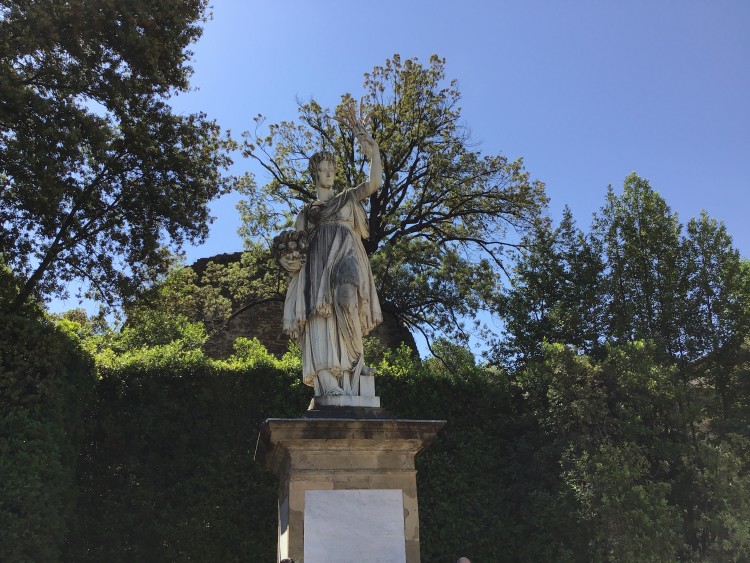 DIDA
Browse
How it works
Insert your collection
News
Contacts us
DIDA
Browse
How it works
Insert your collection
News
Contacts us
Author: Bernardino Detto Il Poccetti (e aiuti)
Type: statua
Room: La Via Maestra

Description
The only careful and complete study of the work is due to K.Watson who found numerous documentary records that allow its complex reconstruction. Conceived by Giambologna, the statue is mainly due to the hand of Pietro Tacca who worked on it in three different periods: 1600, 1608 and in late 1636 at the request of 3 Medici Grand Dukes. Having entered the master's studio in 1584, Tacca in fact inherited his com put together with the house and workshop in Borgo Pinti. Nothing is certain about Francis I's original commission, namely for a statue depicting Joan of Austria, who died in 1578 may have motivated the need for a commemoration: the hypothesis seems to be supportable, for it appears that a wax portrait of the Grand Duchess had been executed, 1left to melt in the sun by Bastiano Salvini (Baldinucci). In 1600 Ferdinand I resumed the idea of commemorating either the ill-fated Grand Duchess (Queen of Hungary), or as Berti and Holderbaum hypothesized Maria de' Medici, who had gone in that year to marry the King of France, in any case to be depicted as an allegory of Peace, and to be placed above the appropriate column made by Gherardo Mechini for St. Mark's Square (the complex genesis of the column has a separate story). From a letter from Giambologna dated April 25 of that year there is news of the execution of the "figure of the column," unspecified,- payments to Tacca follow until September 28, 1601, when he went to Carrara for the necessary marble: the block had arrived in Signa the previous April 19 destined for the "Queen." By this name is first recorded the work in question on which Tacca worked until early 1609; then followed a long interruption that ended on December 15, 1636, when the figure was transformed into the Allegory of Abundance, with the help of Bastiano Salvini and transported to the hill below the circle, on April 12, 1637. Rigid and solemn the image, it seems to hark back to the late "ci assicismo" of the
Photo and Text Credits: catalogo.beniculturali.it
More artworks in La Via Maestra
If you are not at the museum click on the link below and you can test our guide by framing some works directly on the DEMO page.

If you are near the museum you can reach it and by framing with your mobile you can discover the audio guide.
